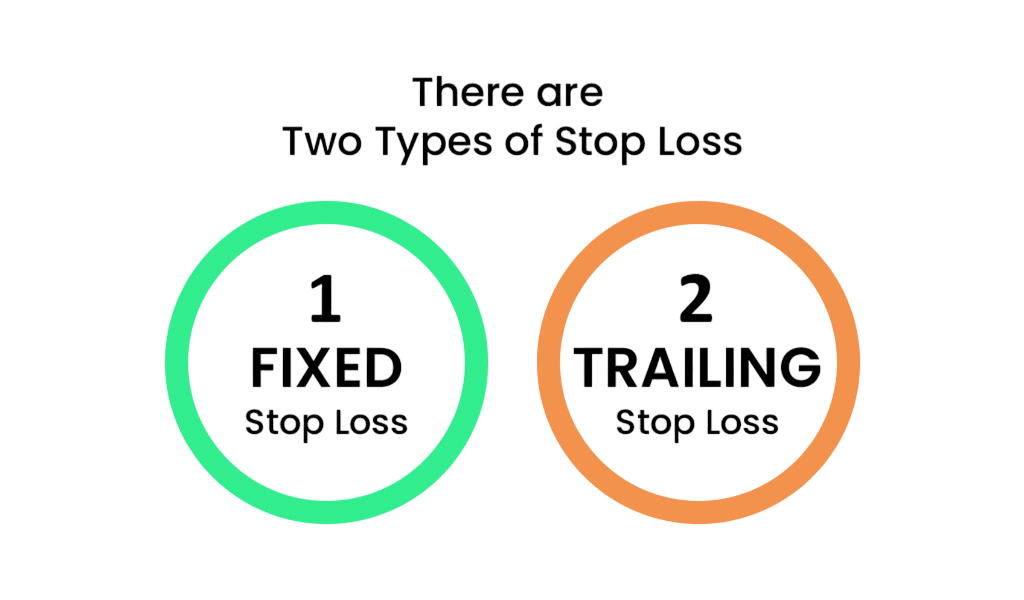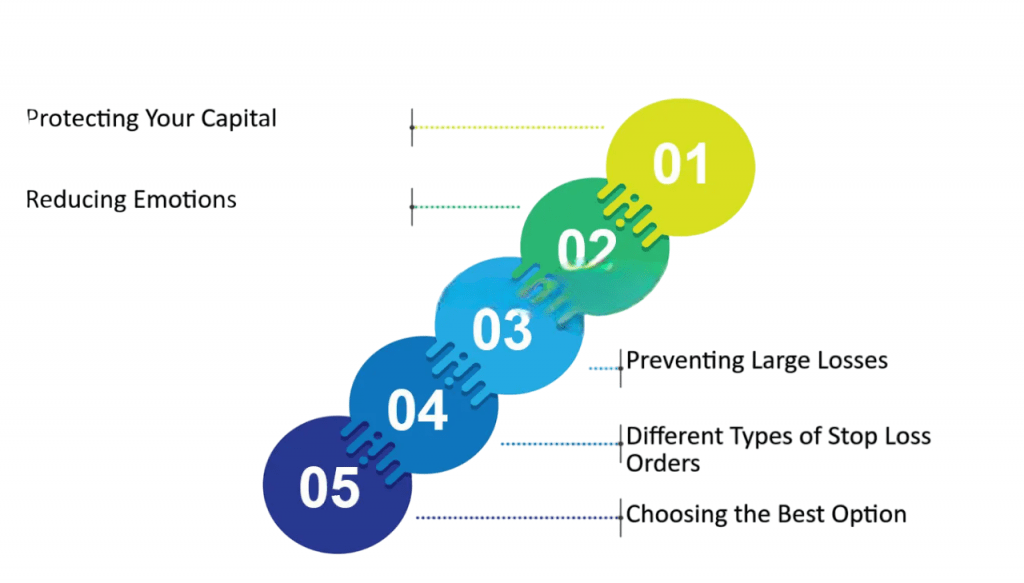
- Introduction to Stop Loss Orders
- Types of Stop Loss: Basic and Trailing
- Role in Risk Management
- Setting Effective Stop Loss Points
- Stop Loss in Different Financial Markets
- Advantages of Using Stop Loss Orders
- Limitations and Common Pitfalls
- Automated Trading and Stop Loss
- Conclusion
Introduction to Stop Loss Orders
Stop loss orders are fundamental tools in trading, employed by both novice and experienced traders to manage risk and Stop Loss in Different Financial Markets capital. A stop loss order is a pre-set instruction to sell a security once it reaches a specified price. It helps limit losses in volatile markets or when trades do not go as planned. This mechanism acts like a safety net, shareholder allowing traders to define their loss tolerance before entering a position. By automating the exit strategy, Advantages of Using Stop Loss Orders stop loss orders remove emotional decision-making, providing discipline and structure to trading. Whether trading stocks, forex, cryptocurrencies, or commodities, understanding how to effectively use stop loss orders is essential for Advantages of Using Stop Loss Orders long-term success.
Do You Want to Learn More About Database? Get Info From Our Database Online Training Today!
Types of Stop Loss: Basic and Trailing
There are two primary types of stop loss orders, each with distinct characteristics and applications:
Basic (Fixed) Stop Loss:- This is a static stop loss set at a specific price level.
- Once the asset hits this price, the order is triggered.
- Example: Buying a stock at $100 and placing a stop loss at $90.

- This is dynamic and adjusts as the market price moves in favor of the trade.
- Example: A 10% trailing stop on a stock bought at $100 would trigger at $90 initially, but if the stock rises to $120, the stop moves to $108.
Each type serves different strategies fixed stop loss is simple and ideal for stable conditions, while trailing stops work well in trending markets to maximize gains.
Role in Risk Management
Stop loss orders are integral to a trader’s risk management plan. They define the maximum acceptable shareholder loss on a trade, which can be Stop Loss in Different Financial Markets using a percentage of capital, account size, or technical levels like support and resistance.
Key roles include:- Preventing large losses from emotional or impulsive decisions.
- Maintaining discipline by enforcing pre-defined exit points.
- Allowing for better capital allocation across multiple trades.
- Supporting portfolio-level risk control by aggregating stop loss settings.
Effective use of stop losses ensures that no single trade can significantly damage a trader’s account.
Would You Like to Know More About Database? Sign Up For Our Database Online Training Now!
Setting Effective Stop Loss Points
- Technical Analysis: Support/resistance levels, moving averages, chart patterns.
- Volatility: Assets with high volatility require wider stops.
- Position Size: Larger positions may require tighter stops to control dollar risk.
- Risk/Reward Ratio: A good trade setup often aims for a 2:1 reward-to-risk ratio.

Placing stops too close can result in premature exits, while overly wide stops expose the trader to excessive cryptocurrencies loss. Using shareholder Average True Range (ATR) can help in setting stops based on market volatility.
Stop Loss in Different Financial Markets
- Stock Market: Widely used; limit orders can avoid slippage but may not be filled.
- Forex Market: Essential due to high leverage; stop orders are honored 24/5.
- Commodity Market: Crucial for managing swings in volatile instruments.
- Cryptocurrency Market: More prone to gaps and flash crashes; risk management is critical.
Each market’s liquidity, volatility, and trading hours impact how stop loss orders function and are executed.
To Earn Your Database Certification, Gain Insights From Leading Blockchain Experts And Advance Your Career With ACTE’s Database Online Training Today!
Advantages of Using Stop Loss Orders
- Limits Potential Losses: Automatically sells a security when its price falls to a predetermined level, protecting investors from significant losses.
- Provides Emotional Discipline: Removes emotional decision-making by executing trades automatically, helping investors stick to their risk management plan.
- Protects Profits: Can be set to lock in gains by selling when the price drops after reaching a certain high.
- Offers Flexibility: Investors can tailor stop loss levels based on their risk tolerance and market conditions.
- Facilitates Passive Management: Allows investors to manage risk without constant monitoring of the market.
- Helps Manage Volatility: Provides a safety net during volatile shareholder market conditions by capping downside risk.
- Improves Trading Efficiency: Enables quicker exit from losing positions, freeing up capital for better opportunities.
Limitations and Common Pitfalls
- Price Gaps: Stop loss orders may execute at a price worse than the set stop level during rapid Financial Markets movements or gaps.
- False Triggers: Temporary price dips can trigger stop losses unnecessarily, causing premature selling.
- Market Volatility: In highly volatile markets, stop loss orders can result in frequent unwanted trades.
- No Guarantee of Execution Price: Stop loss orders become market orders once triggered, so execution price can differ.
- Over-reliance: Relying solely on stop loss orders may lead investors to neglect other risk management strategies.
- Does Not Protect Against System Failures: Stop loss orders depend on broker systems and market availability; failures can occur.
- Can Increase Trading Costs: Frequent triggering may lead to higher transaction fees and taxes.
Preparing for a Database Job? Have a Look at Our Blog on Database Interview Questions and Answers To Ace Your Interview!
Automated Trading and Stop Loss
- Integration with Automated Systems: Stop loss orders can be seamlessly incorporated into automated trading algorithms to manage risk without manual intervention.
- Real-time Execution: Automated trading platforms can execute stop loss orders instantly when preset conditions are met, minimizing delays and losses.
- Consistent Risk Management: Ensures that risk parameters are strictly followed according to the trading strategy, cryptocurrencies removing emotional biases.
- Scalability: Allows traders to manage multiple positions and markets simultaneously with consistent stop loss application.
- Backtesting and Optimization: Stop loss levels can be tested and optimized within automated strategies to improve performance.
- Reduced Monitoring: Traders don’t need to constantly watch the markets since stop loss orders are handled automatically.
- Potential Risks: Automated stop losses can still be subject to slippage, gaps, and false triggers, requiring robust algorithm design.
Conclusion
Stop loss orders are essential tools that empower traders to manage risk, maintain discipline, and protect capital. While they are not perfect and must be used thoughtfully, their benefits far outweigh the drawbacks. A well-placed stop loss can be the difference between sustainable trading, Financial Markets and devastating losses.From basic to trailing, manual to automated, stop loss strategies must be tailored to individual trading styles and market conditions. By mastering their use and understanding their psychological implications, cryptocurrencies traders can build a resilient and effective trading framework for success in any market.While poison pills are effective in deterring hostile takeovers, their limitations and risks must be carefully considered. They can Stop Loss in Different Advantages of Using Stop Loss Orders, Financial Markets but may also restrict shareholder rights, invite legal challenges, and harm investor confidence. Companies should weigh these pitfalls against the benefits and ensure transparent communication with cryptocurrencies shareholders to strike the right balance between defense and governance.


